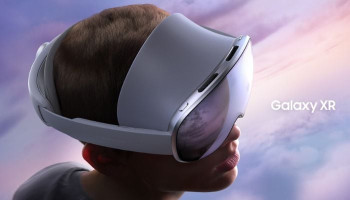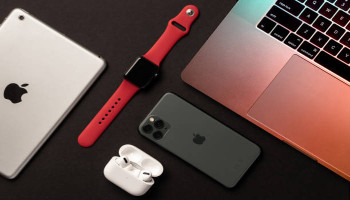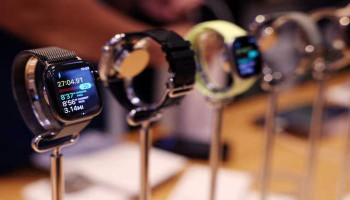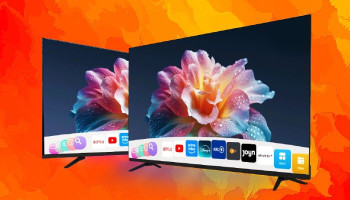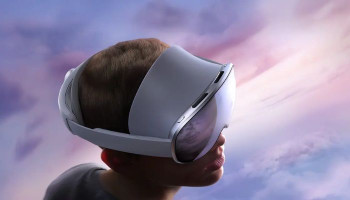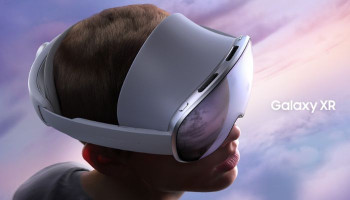
YouTube has pulled the cloak off a Vision Pro map that it says is on its roadmap.
“We’re excited to see Vision Pro launch and we’re supporting it by ensuring YouTube users have a great experience in Safari. We do not have any specific plans to share at this time, but can confirm that a Vision Pro app is on our roadmap,” Jessica Gibby, a YouTube spokesperson, stated in an email to The Verge.
The video streaming giant's friendly gesture comes after platforms like Spotify and Netflix refused to allow their iOS apps to be used on visionOS. Surprisingly, a couple of days back even YouTube was of the view that reflected on its unwillingness to do so.
Read more: Can you reset Apple Vision Pro password if forgotten? Here's the answer
The possible shift in YouTube's attitude could be the skyrocketing popularity of Christian Selig’s Juno app for YouTube on the Vision Pro. However, the company spokesperson did not provide details on the exact liftoff of YouTube's visionOS version.
Jackie Roy, an Apple spokesperson, said the 360 and 3D videos on YouTube won't be supported on Vision Pro, saying that “much of this content was created for devices that do not deliver a high-quality spatial experience. In some cases, this content could also cause motion discomfort. We’ve focused our efforts on delivering the best spatial media experience possible including spatial photos and videos, Apple Immersive Video, and 3D movies available on Apple TV.”
In the same manner, some Vision Pro are bringing up the gadget's inability to support specific kinds of VR videos, as Safari’s WebXR support is undergoing some malfunctioning nowadays.
Apple spokesperson added that the company’s working on it, but there could be some limitations which might drag the time frame set for the fix. “WebXR is still a relatively new open standard and as such it doesn’t take full advantage of the power, performance and interaction capabilities of Apple Vision Pro and visionOS,” she said.
“We’ve been actively contributing to the W3C web standards including WebXR — for example, proposing interaction standards that protect users’ privacy. We will continue to work with the community to help deliver great spatial computing experiences via the web.”





